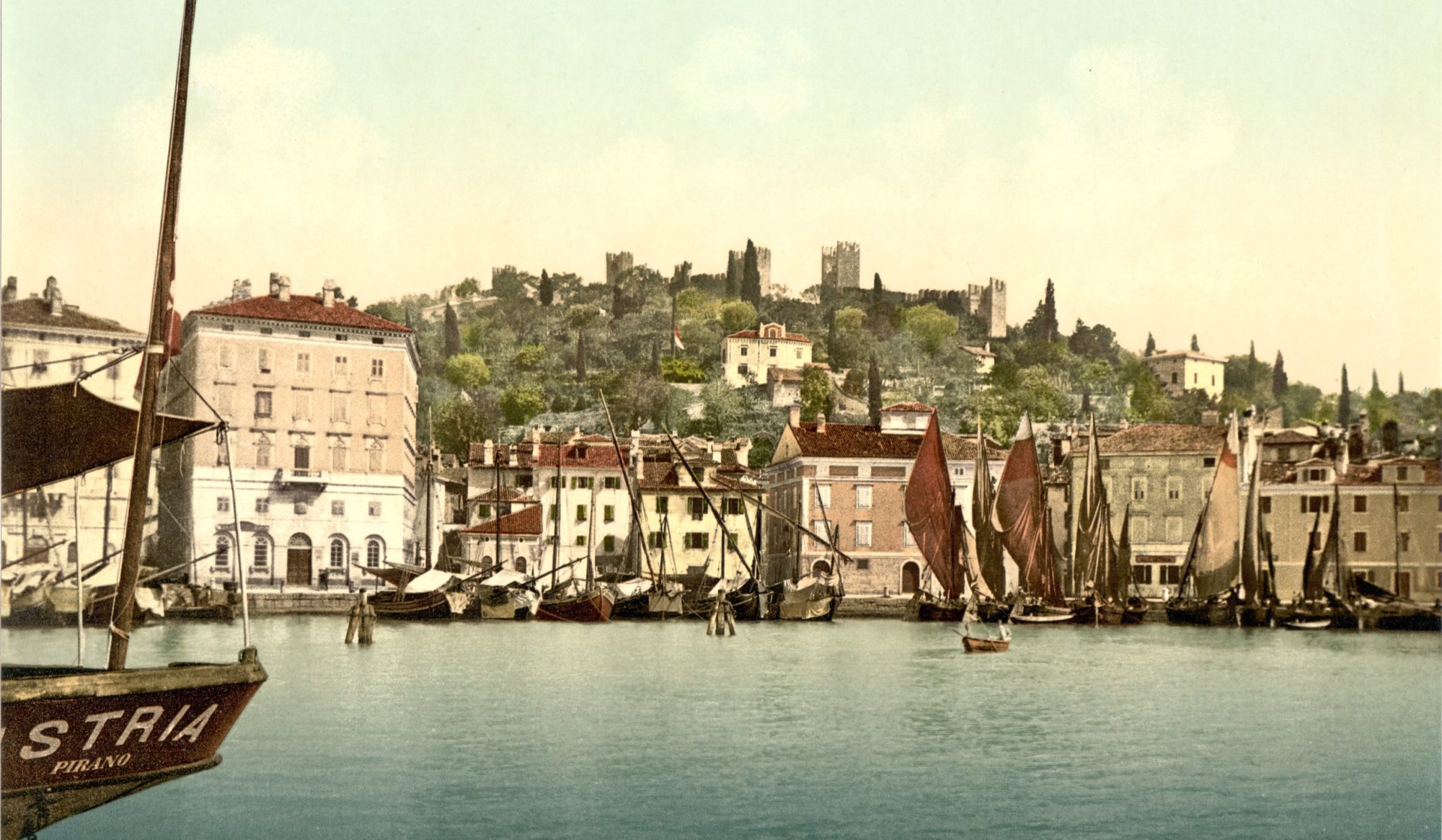We normally start our days with a breakfast of bananas, some grapefruit, and black coffee (there is no fridge or freezer onboard Waimanu so milk is not a daily item for us). The bananas we normally have raw but we sometimes fry them in cinnamon to change things up a bit.

The hospital people put on a thank you dinner, with French red wine! We were also given beautifully handcrafted carry baskets. These are beautiful, handmade, plant woven basket like bags that are oh so incredibly useful!
So now we have more than one, which reminds me of our time back at Loltong, Pentecost where we received our first one. We unintentionally found ourselves in the middle of Day 50 while there. When someone dies there is a set time for mourning that lasts 100 days. A feast is had on Day 50 and again on Day 100. During this period, the widow spends a lot of time in the nakamal while others visit.

A nakamal is a traditional meeting place that in northern and central Vanuatu usually takes it’s form as a hut assembled using nearby materials and built by the entire local community (in southern Vanuatu it is more often a large, sheltered outdoor space such as under a banyan tree).
When we arrived, they were most insistent that we join in with their feasting. As we were the furtherest traveled we were given food first. We were also given a bag of food in one of these traditional basket type bags.
It was fascinating and touching to be able to participate.








